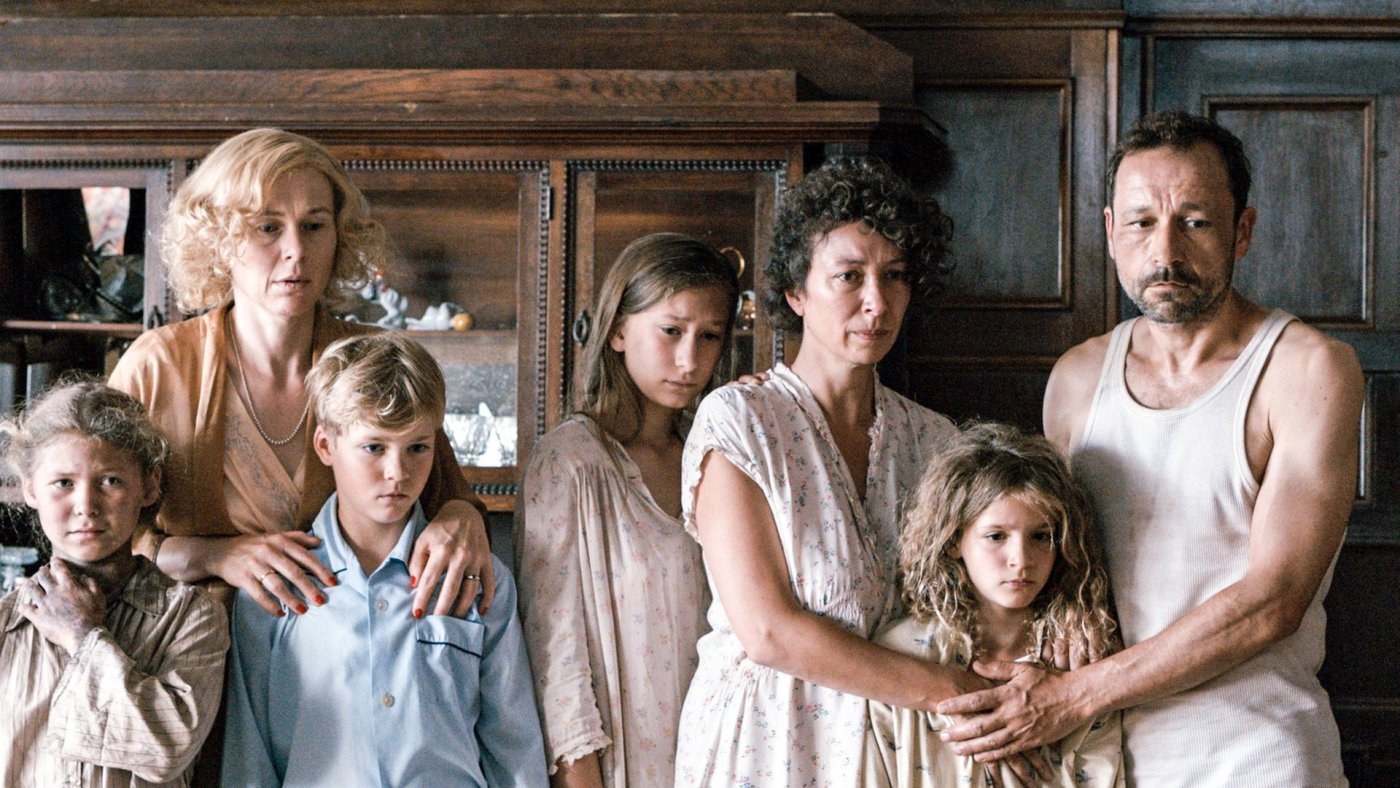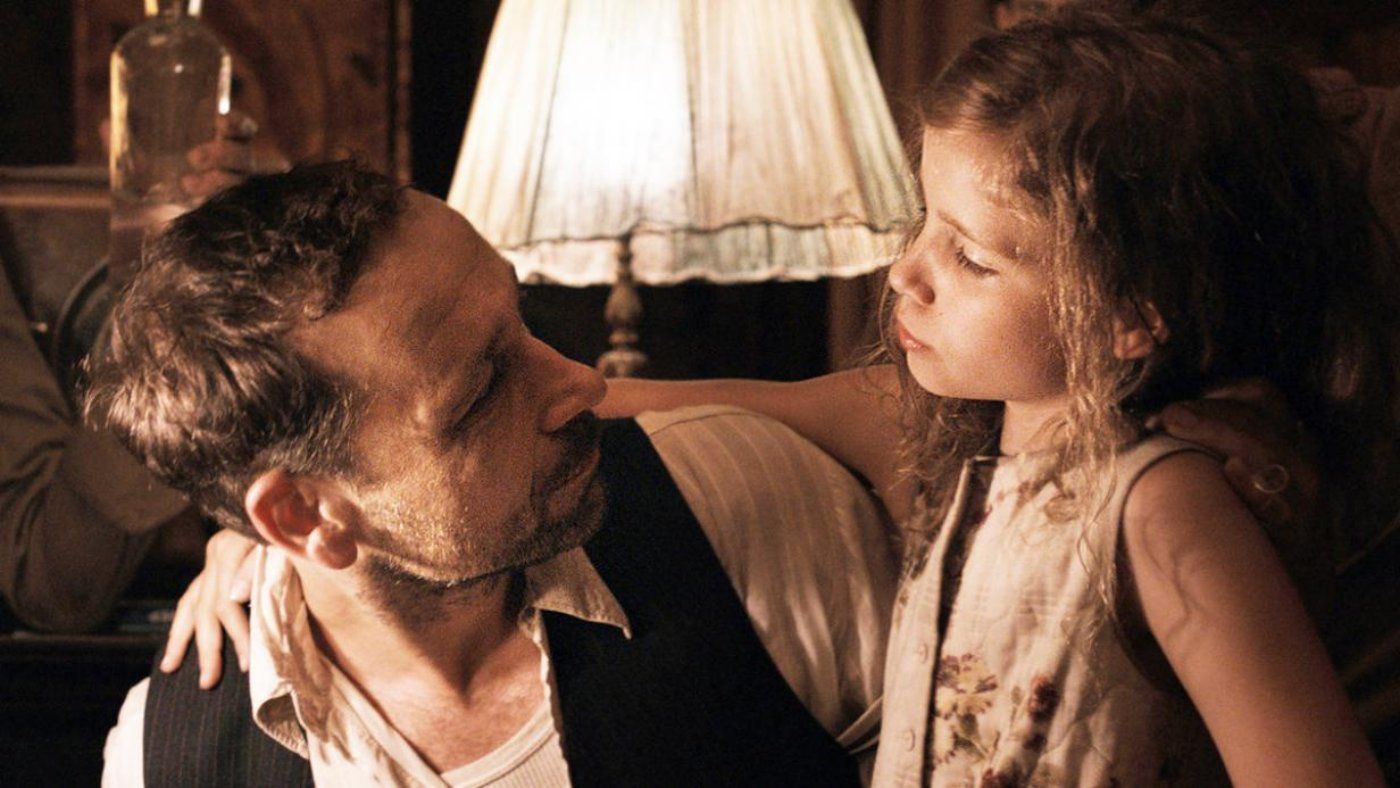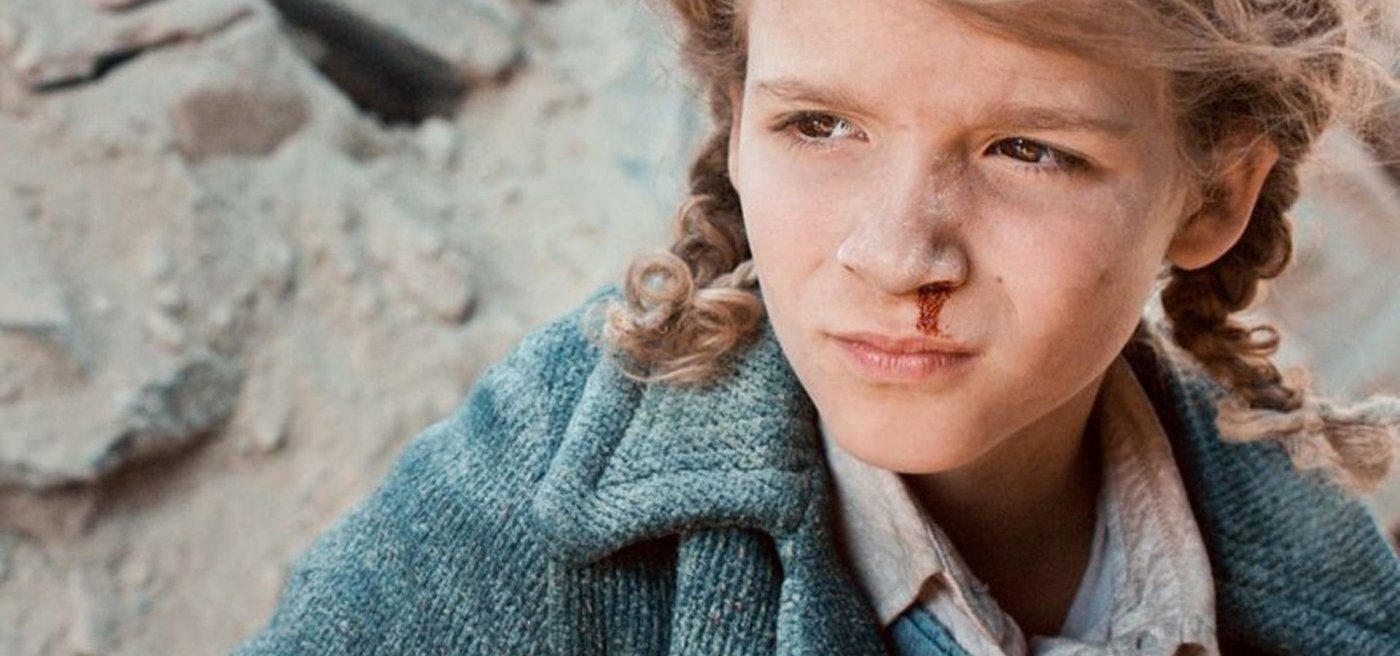‘Fly Away Home’ (‘Maikäfer flieg’ in German) is an Austrian drama film that revolves around a 9-year-old girl named Christine Nöstlinger, who lives in Vienna with her mother and sister during World War II. After their home is demolished in an air raid, the three move to the villa of a widow. Throughout their days at their new house, the people living in the villa wish for the Russian army to come to Austria and drive out the Nazi forces. But they soon discover that the Russian soldiers are just as unpredictable and violent as the Nazis and might not be as helpful as everybody initially thought.
Directed by Mirjam Unger, the 2016 film stars Zita Gaier, Ursula Strauss, Gerald Votava, Konstantin Khabensky, Paula Brunner, and Bettina Mittendorfer. Unlike most other war films, ‘Fly Away Home’ depicts the destruction that the fighting wrought upon ordinary civilians and the price that they have to pay for somebody else’s greed, prejudice, or simply a violent nature mixed with foolishness. Due to this depiction, one might be curious about whether or not the story is inspired by any true elements.
Fly Away Home: A Memoir Adaptation
Yes, ‘Fly Away Home’ is a true story. The film is based on the eponymous memoir by the real-life Christine Nöstlinger and has been developed for the screen by Sandra Bohle and Mirjam Unger. The book was first published in German in 1973, followed closely by the English translation in 1975. Both the book and its film adaptation follow the same storyline without much deviation.

Christine Nöstlinger was born in October 1936, in Austria. Soon after Adolf Hitler declared war against Europe and the rest of the world, the country was invaded and taken over by the Nazis in 1938. Many of the citizens in the German-speaking country either joined the Nazi army — if not for any other reason than to survive — one of whom was Christine’s father.
Both the book and the film present a unique perspective on the war as it is seen through the eyes of a child who has known nothing but war from the moment she could walk to almost her 10th birthday. “I thought Christine Nöstlinger showed a unique perspective on living through war – it wasn’t just tragic, but as a child, the wartime gave her a very unique form of freedom, and it was the biggest adventure of her life,” said Mirjam Unger, the film’s director, in an interview with ‘Bakchormeeboy.’
Keeping in line with Christine’s point-of-view being used throughout ‘Fly Away Home,’ the details about the other characters have been altered as well to an extent. Christine’s family members do not have names; her mother is Mother, her father is Father and her sister is Sister. The other characters in the film — such as Cohn (Konstantin Khabensky), the Russian field cook whom the young girl befriends, and Mrs. von Braun (Bettina Mittendorfer), at whose villa they are staying — have names because that’s how they were introduced to Christine.
While the film does have a compelling storyline, ‘Fly Away Home’ truly benefits from its amazing cast, especially the child actors. Zita Gaier, who portrays the young Christine Nöstlinger in the film is apparently just as curious and sociable as her real-life counterpart was, revealed Mirjam Unger to ‘The Gap.’ “She knew every member of the team down to every extra by their first names, knew where they came from and what they do, and was interested in everything in front of and behind the camera and formed her own opinion,” said the director.
The other actors also took on a “method” approach in order to better depict the realities of war. All of them starved themselves and lost weight to show the scarcity of food and other resources during wartime. The addition of Russian actors in the role of the Russian soldiers also helped increase the authenticity of the film, a few of whom do not speak German at all. This included Konstantin Khabensky, who had to learn all of his dialogues phonetically, Mirjam Unger told ‘The Gap.’

‘Fly Away Home,’ while an anti-Nazi war film, also presents to the viewers with the unbiased nature of war in its devastation. It shows that good and bad are relative to one’s circumstances; that even those who have lived on the straight and narrow their entire lives would do terrible things in the name of a terrible cause just so that they can live to see the sunrise once more. Regardless of how it would make one feel, this autobiographical drama will definitely make people think about how they perceive good and evil when it boils down to the suffering of the many due to the actions of a few.
Read More: The Best World War II Movies


You must be logged in to post a comment.